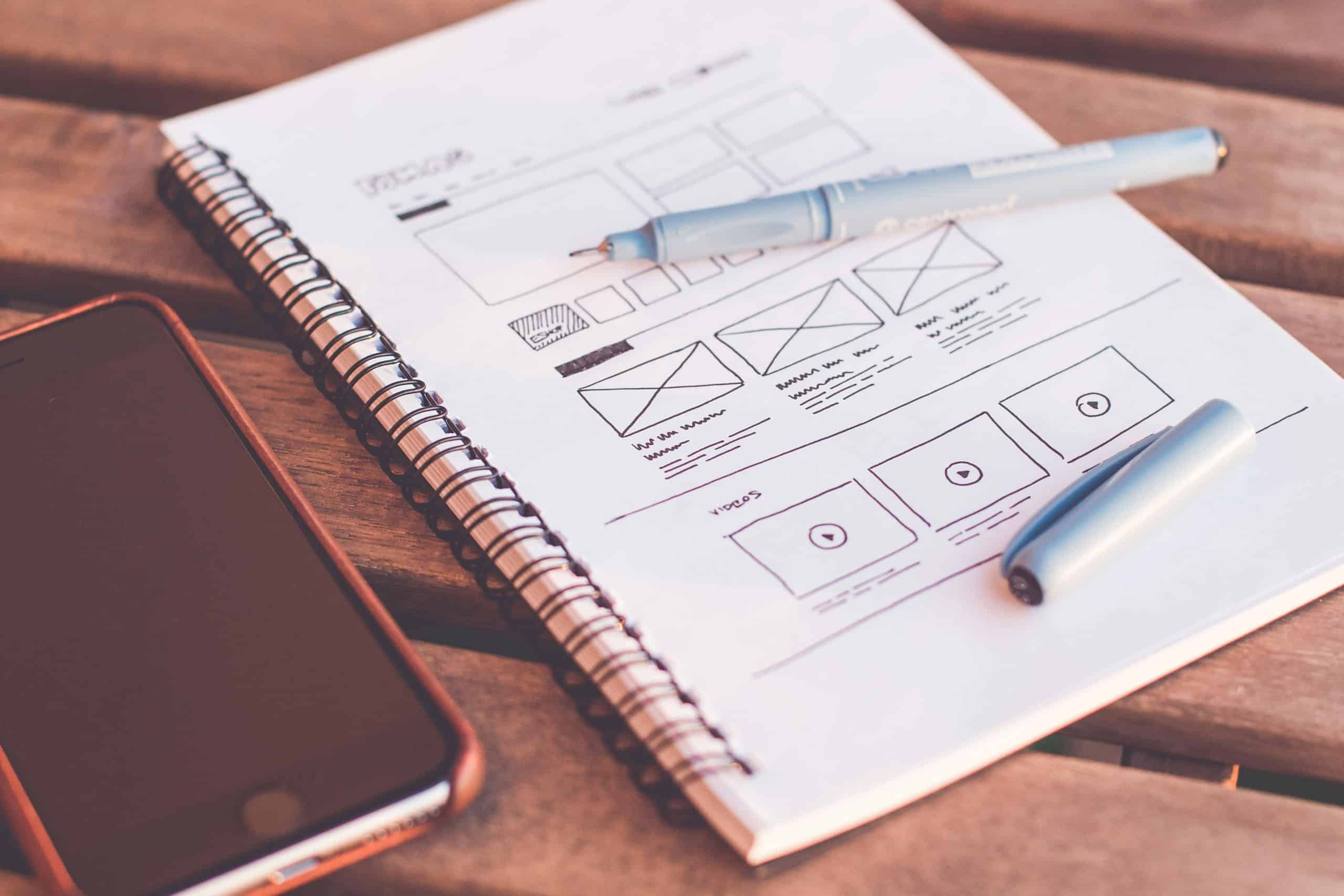When embarking on the exciting journey of building a new WordPress website, it’s crucial to prioritize security from the very beginning. Many website owners make the mistake of focusing solely on design and functionality during the development phase, leaving security measures as an afterthought. However, this approach can leave your site vulnerable to attacks before it even launches.
By implementing key security measures during the pre-launch phase, you lay the foundation for a secure website that can withstand potential threats. This proactive approach not only protects your site from day one but also sets the stage for future security enhancements as your site grows and evolves.
Moreover, the pre-launch phase presents a prime opportunity to plan ahead and consider advanced security measures that may become necessary once your WordPress site is up and running. By thinking about scalable security solutions and Cloud Security Validation early on, you can ensure a smooth transition and avoid scrambling to implement them reactively down the line.
In essence, treating security as an integral part of your website’s development process, rather than a post-launch concern, is the key to launching with a strong and resilient foundation. Implementing essential security measures before your site goes live is not just a best practice—it’s a critical step in safeguarding your online presence from the start.

Use strong passwords and limit login attempts
One of the most fundamental yet crucial aspects of WordPress security is using strong, unique passwords for all user accounts, especially the admin account. Weak passwords are like an open invitation for hackers to infiltrate your site. Common words, phrases, or easily guessable combinations leave your site vulnerable to brute-force attacks, where hackers use automated tools to try countless password combinations until they find a match.
To create a strong password, use a random combination of upper and lowercase letters, numbers, and symbols. Aim for a minimum of 12 characters, as longer passwords are exponentially harder to crack. Avoid using personal information or dictionary words that can be easily guessed.
Additionally, limiting login attempts is crucial to prevent brute-force attacks. By default, WordPress allows unlimited login attempts, but you can use plugins to restrict failed login attempts from a single IP address.
Keep WordPress and plugins updated
Keeping your WordPress core, plugins, and themes up to date is crucial for maintaining a secure and well-functioning website. Updates often include critical security patches and bug fixes that address known vulnerabilities and improve overall performance.
Failing to update your WordPress components regularly exposes your site to potential attacks, as cybercriminals actively seek out and exploit outdated software with recognized weaknesses. This can lead to malware infections, data breaches, or even complete site compromises.
To mitigate these risks, establish a regular maintenance schedule to check for and install available updates. Set aside dedicated time each week or month to review and apply any pending updates to your WordPress core, plugins, and themes. Staying proactive with updates is essential for keeping your site secure and running smoothly.
Implement regular backups and 2FA
Having current backups of your WordPress site is crucial in case your site gets hacked or experiences data loss during the design process. Regular backups ensure that you can quickly restore your site to a previous state, minimizing downtime and potential damage.
Automated backup solutions simplify the process by creating backups on a predefined schedule and storing them securely off-site. Look for backup plugins that offer daily or real-time backups, as well as easy restore options.
Two-factor authentication (2FA) adds an extra layer of security to your login process by requiring a second form of identification, such as a code sent to your phone, in addition to your password. This makes it significantly harder for hackers to gain unauthorized access, even if they obtain your login credentials.
To enable 2FA, install a compatible plugin and follow the setup wizard. Configure the authentication method (e.g., SMS, app-based codes, or hardware tokens) and test it to ensure proper functionality.
Install a comprehensive security plugin
Installing a robust security plugin is one of the most effective ways to enhance your WordPress site’s security. A comprehensive security plugin offers a multi-layered defense against various threats, including malware, hacking attempts, and brute-force attacks.
When choosing a security plugin, look for essential features such as a web application firewall (WAF), malware scanning and removal, IP blocking, and login security enhancements like two-factor authentication and reCAPTCHA. These features work together to prevent unauthorized access, detect and eliminate malicious code, and protect against common attack vectors.
To set up a security plugin, simply install and activate it from the WordPress plugin repository. Then, navigate to the plugin’s settings page to configure options like scan schedules, firewall rules, and login security settings according to your site’s specific needs.
Installing and configuring a security plugin is a straightforward process. First, navigate to the WordPress plugin repository and search for the security plugin of your choice. Click on the “Install Now” button and then “Activate” once the installation is complete.
After activation, access the plugin’s settings page from your WordPress dashboard. Here, you’ll find various configuration options to customize the plugin’s behavior based on your site’s specific security needs.
Always start by enabling the web application firewall (WAF) and configuring its rules to block common attack patterns. Next, set up a schedule for regular malware scans and enable automatic malware removal if available.

Plan ahead
Implementing these essential security measures before launching your WordPress site is crucial for starting with a strong security foundation. By prioritizing security during the development phase, you can significantly reduce the risk of your site being compromised and avoid the headaches of dealing with a hacked site post-launch.
Incorporating these security best practices into your standard WordPress setup process will ensure that every new site you create is well-protected from the outset. While it may require some extra effort upfront, the peace of mind and protection it provides are well worth the investment.